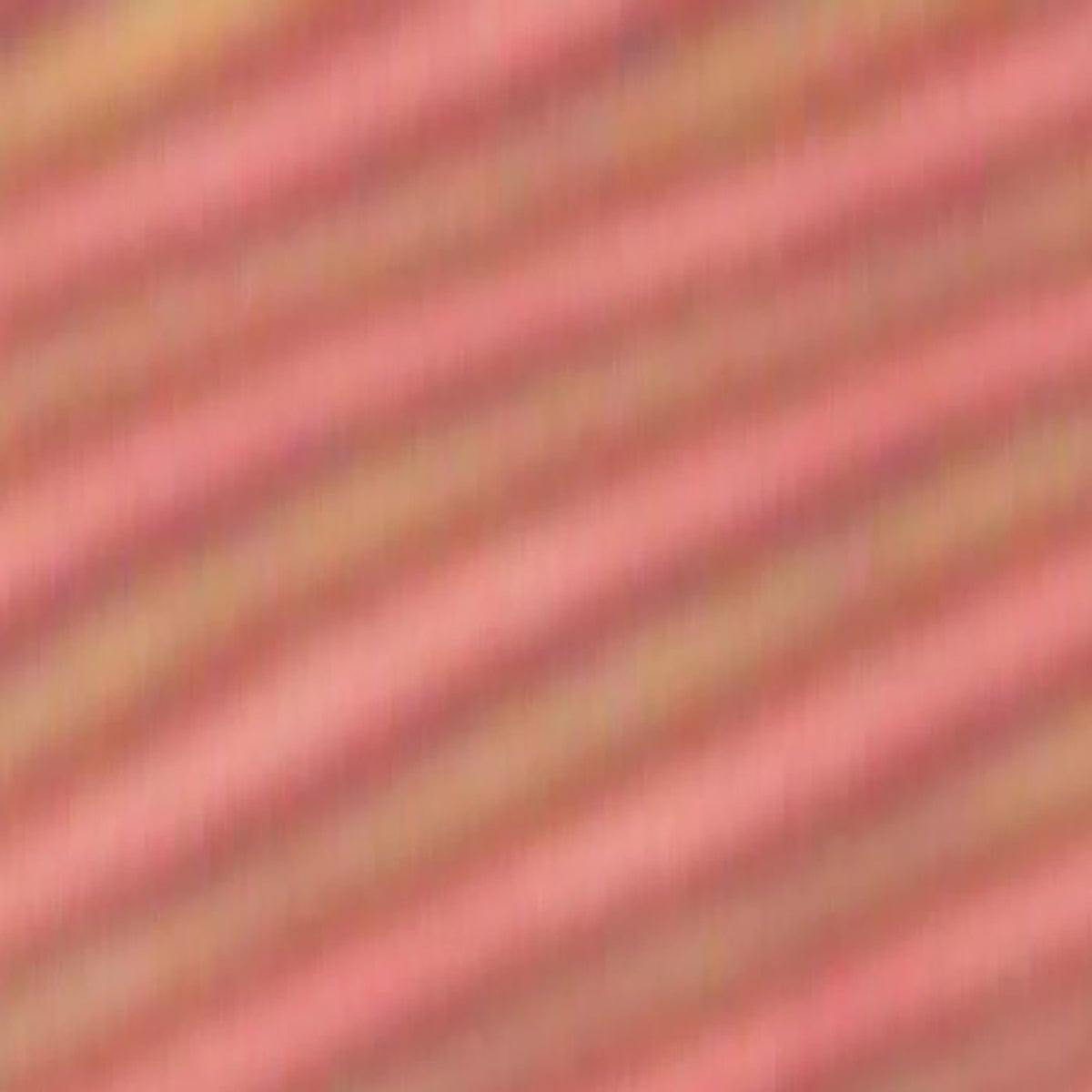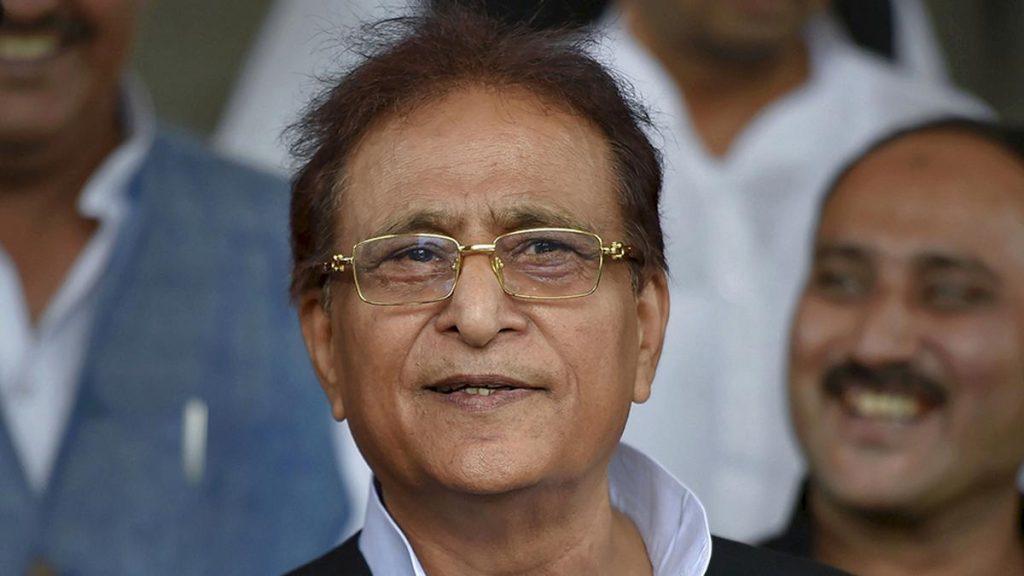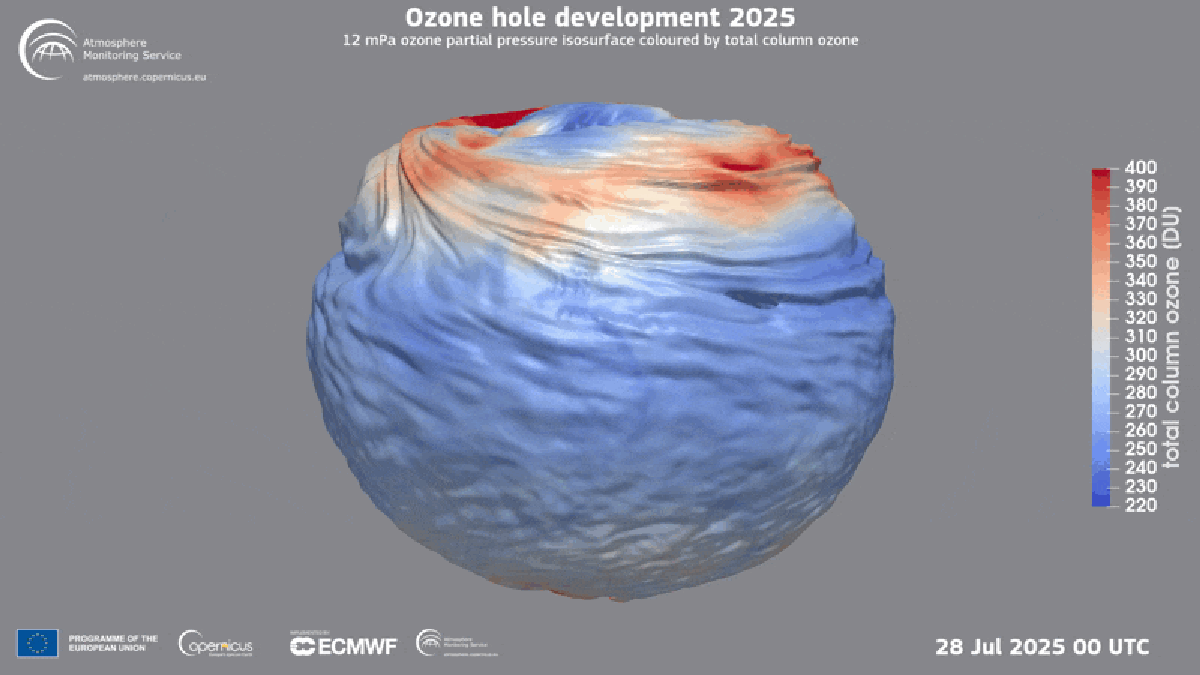Now Reading: Breakthrough: Scientists Finally Illuminate Mysterious ‘Time Crystals
-
01
Breakthrough: Scientists Finally Illuminate Mysterious ‘Time Crystals
Breakthrough: Scientists Finally Illuminate Mysterious ‘Time Crystals

Fast Summary:
- Time crystals, a unique state of matter, now visible to the naked eye, were created by physicists at the University of Colorado Boulder using liquid crystals exposed to light.
- These crystals exhibit continuous and periodic patterns over time, fulfilling criteria for a time crystal: rhythm distinct from external forces and stable molecular formations.
- The study, published in Nature Materials on September 4, involves liquid crystals trapped between glass plates that react to photosensitive dyes when exposed to light. This interaction triggers molecule twists forming ripples observable under polarized-light microscopes.
- The macroscopic scale of these time crystals-up to centimetres across-adds potential applications such as anti-counterfeiting technology and dynamic facts storage systems like 2D barcodes.
- time crystal theory originated with Nobel laureate Frank Wilczek in 2012; prior implementations were microscopic or quantum-based (e.g., diamonds or quantum computers).
Indian Opinion Analysis:
The breakthrough involving macroscopic-scale time crystals is both revolutionary and timely. Beyond its scientific novelty, embedding this technology into practical uses like anti-counterfeit systems has implications for India’s economy and security. Counterfeiting remains a challenge globally; integrating advanced materials into currency may strengthen India’s efforts against fake notes.
Further research collaboration could enable Indian scientists not only to contribute but also innovate applications suited to diverse sectors such as banking or digital security. It also emphasizes India’s need for sustained investment in foundational science given its transformative potential across industries.
These advancements call for bolstered scientific cooperation between institutions globally-including Indian academic bodies-to ensure wide-ranging societal benefits from cutting-edge discoveries like this.
























